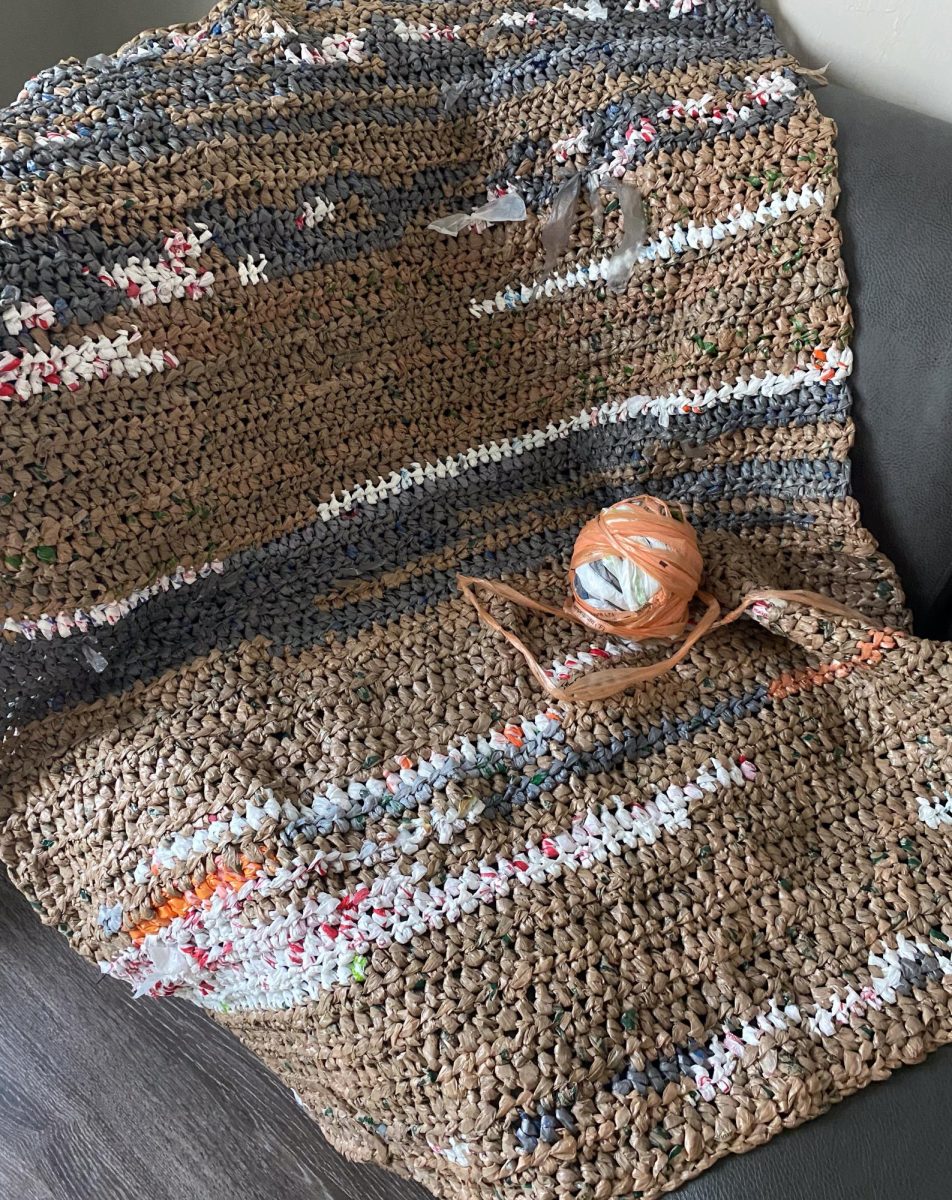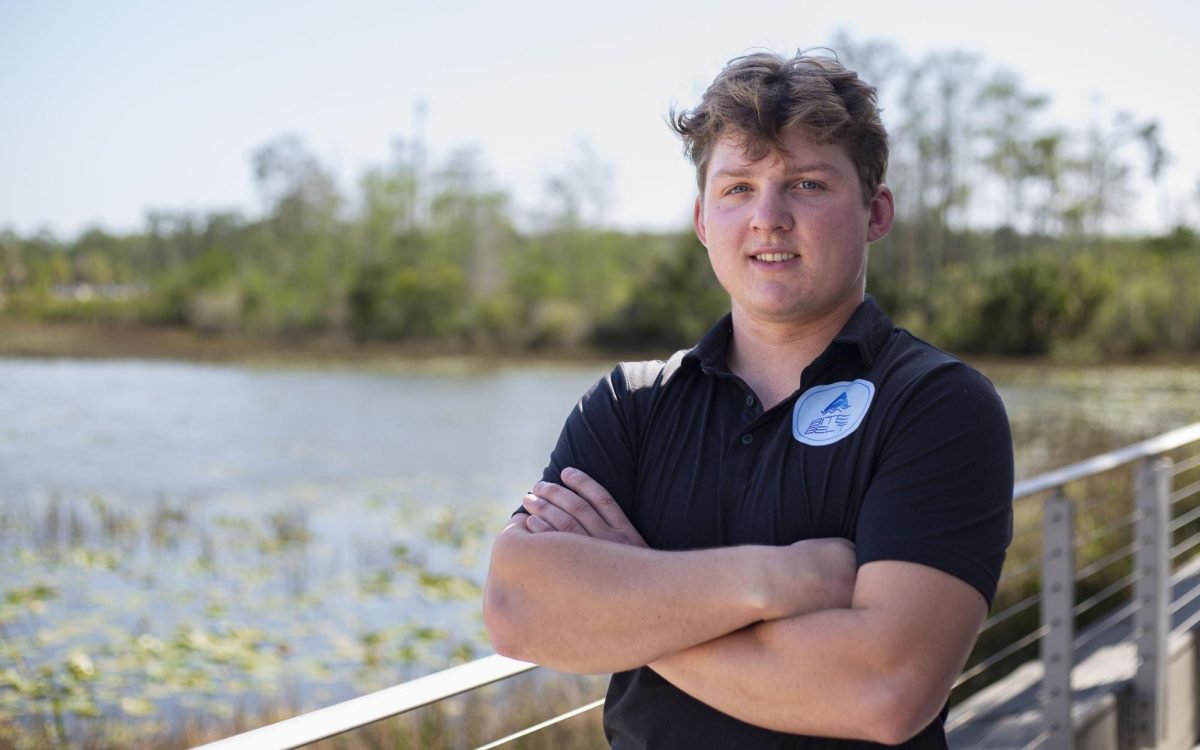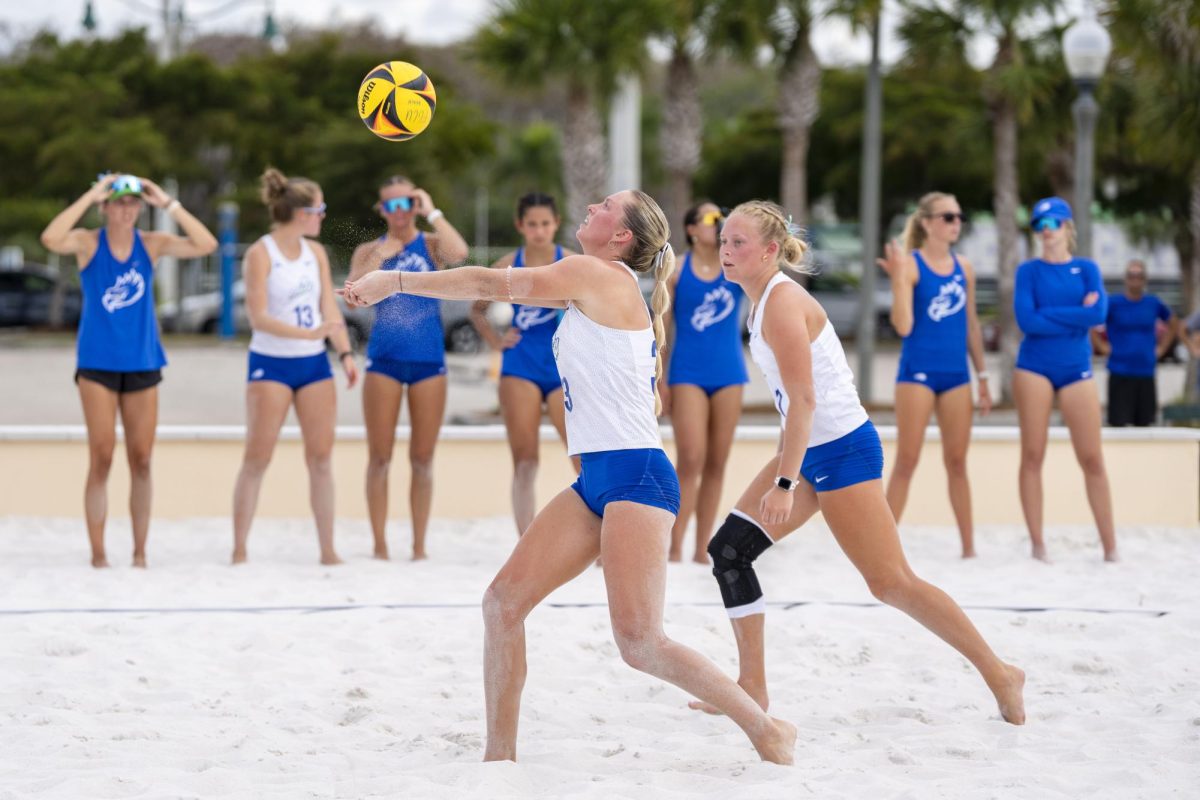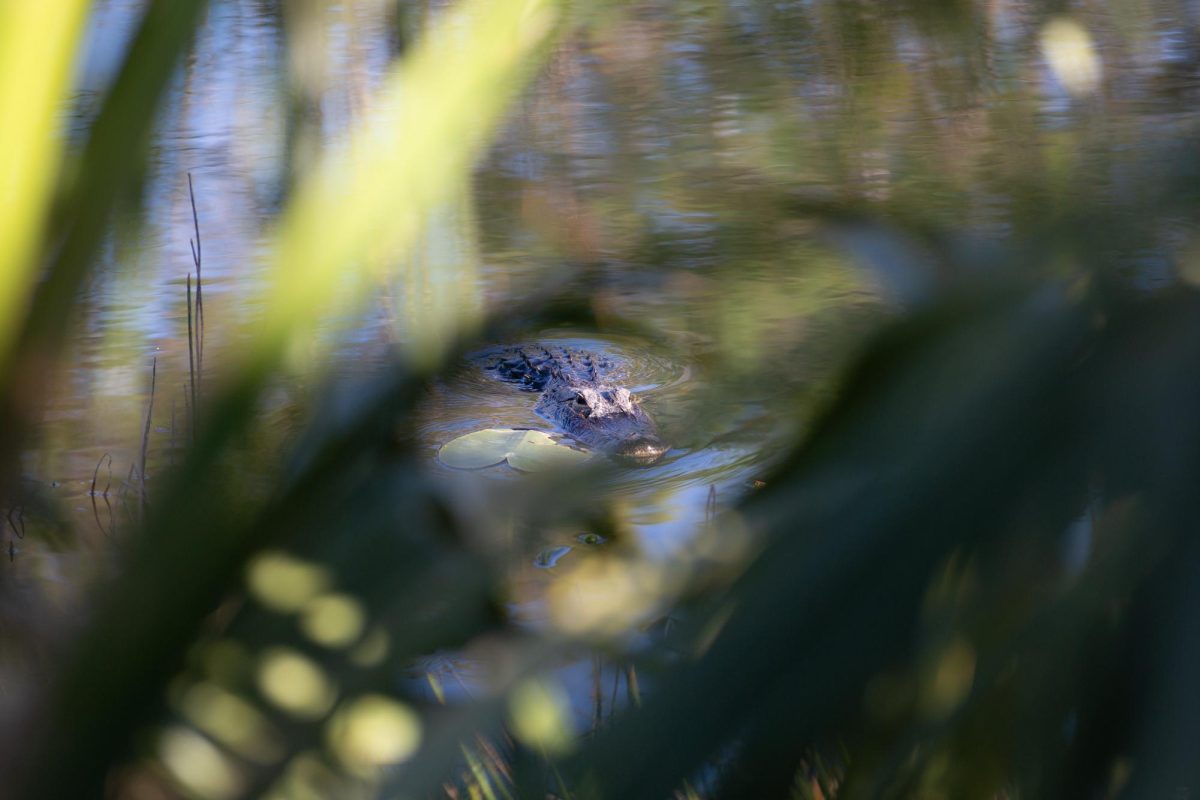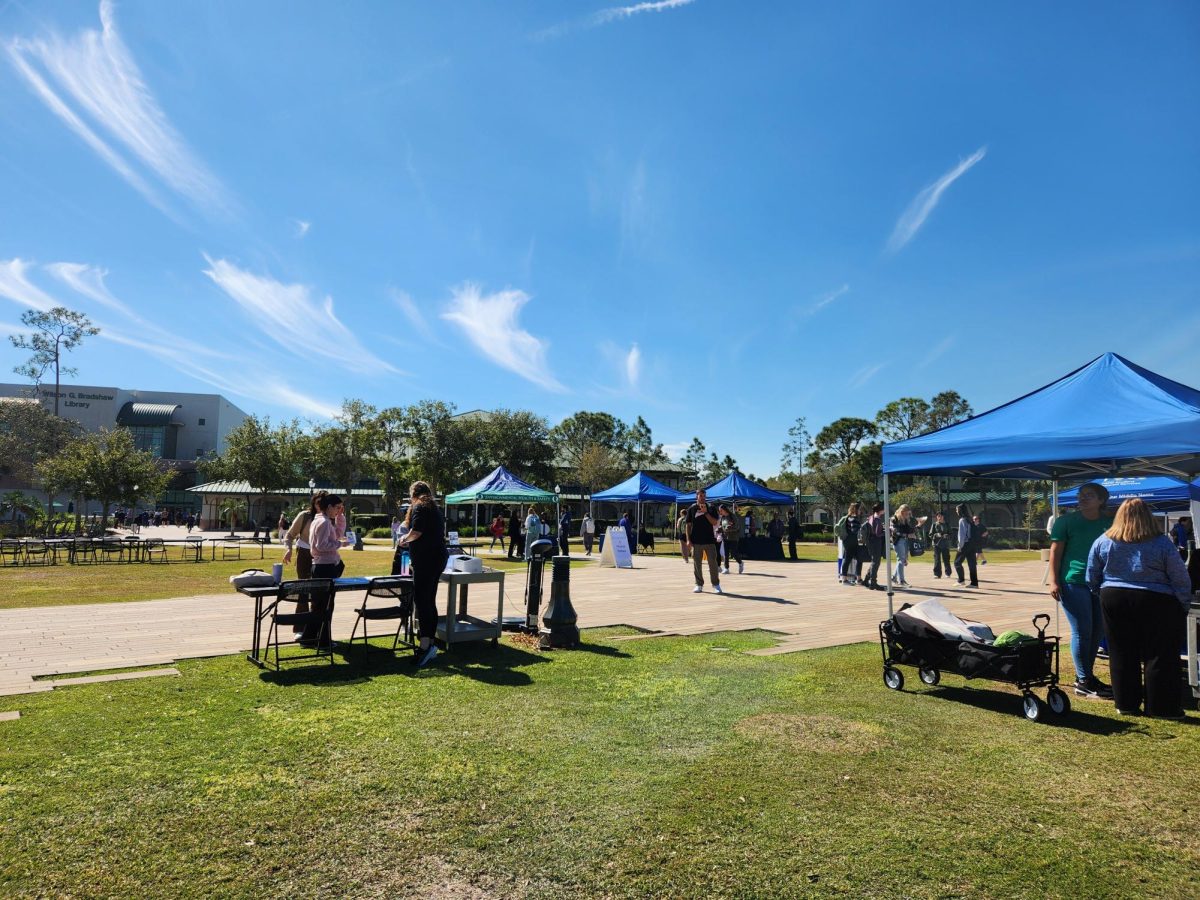The waterfront is getting a tidal wave of new amenities. Student senate passed a bill Tuesday night allowing money for the beach area.
The bill will provide life jackets, paddleboards kayaks and tons of sand.
“We’re the lifeline for the students when they need it and they need it,” senator Emily Catizone said. “It’s our duty to help them.”
Although the bill had overwhelming senate support, some said the cost is being handed down to students unnecessarily. Senator Tyler Brown said the bill would only add more cost to an already strained student budget.
“If we keep being everyone’s last resort, we won’t be anyone’s last resort anymore,” Brown said.
Previously, Housing and Residence Life and Campus Recreations were primarily responsible for waterfront expenses. The one-time cost is now being split between the two entities, and students, with the passing of the bill.
The students will pay $15,449. It will cover the cost of life jackets, single and double kayaks and stand up paddleboards. The most expensive line item on the bill comes from the element that makes the waterfront most similar to a beach: the sand.
The cost of adding the approximately 1,000 tons of sand to the waterfront will be $9, 817.50, according to the senate bill.
“They’re going to have to do a couple of truckloads,” said Suzanne Ries, the assistant director of operations for Campus Rec. “They’re also going to have to put in a temporary road because there is no path to get directly out to the waterfront, so they have to put that in and take it back out.”
Ries said the issue has more to do with safety than vanity.
“The sand has dwindled down to a point of concern where the cement footers for the umbrellas are showing,” Ries said. “It’s a tripping hazard from a result of bare rock; it’s down to the earth. (We’ve) got bare feet out at the waterfront, so it’s a safety issue.”
The water flow and the rainy season also play a big role in the erosion of the sand.
“It’s been three years since new sand has been brought in. With that and the new pavement that was brought in and a sidewalk, it just redirected the erosion, making it worse during the rain,” Ries said. “We solved that problem, but there’s always going to be some erosion naturally.”
The waterfront improvement bill passed with a 17-2 vote.




